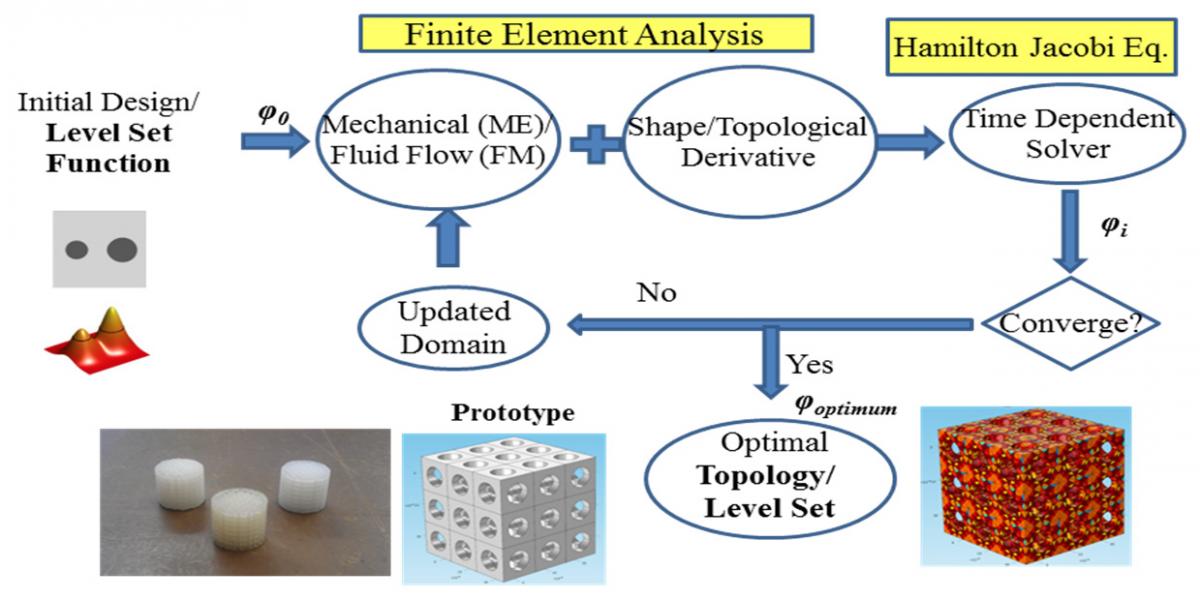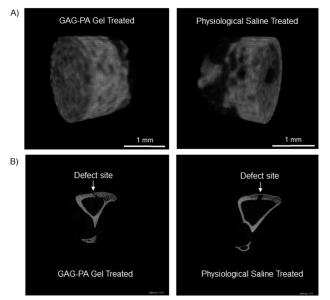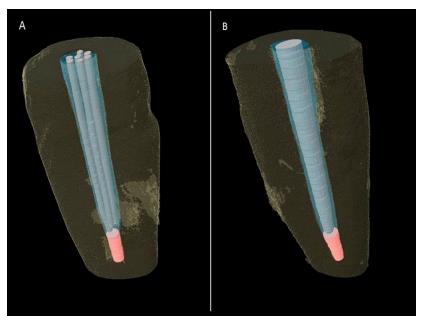Topology Design and Fabrication of Multi-functional Artificial Bone Tissues
Dr. Kiziltas and her research group's recent efforts focus on expanding their electromagnetic research expertise to cover the design and fabrication of artificial tissues in particular bone tissues.
 Figure: Fabricated deformable polymer-ceramic functionally graded substrates using tape casting (left) and freeze drying (right)
Figure: Fabricated deformable polymer-ceramic functionally graded substrates using tape casting (left) and freeze drying (right)
Tissue engineering plays a critical role in regenerative medicine. Advances in TE and regenerative medicine will depend on the design and fabrication of “multifunctional” biomaterials that actively participate in the formation of functional tissues such as bones. Dr. Gullu Kiziltas is working on the automated design of artificial bone tissues using topology optimization based techniques. She is also interested in their fabrication using advanced 3D fabrication methodologies as well as their modeling based on micro-CT characterization. Clinical translation of this computational automated realization of novel biomaterials is expected to support the healing processes of tissues in a much more effective way.
Micro-CT Characterization and Analysis of Biomedical Tissues
Figure: Micro-CT images of GAG-mimetic peptide nanofiber gel treated and regenerated bone defects in rabbit tibia bone (left) and root canals that received different posts (right)
Therefore, more recently the group collaborated together with scientists from Medical School, Biology, Dentistry and Physics from and outside the university and colleagues to meet these objectives by expanding their previous research expertise to cover micro-CT characterization and analysis of biomedical tissues.



 Figure: Fabricated deformable polymer-ceramic functionally graded substrates using tape casting (left) and freeze drying (right)
Figure: Fabricated deformable polymer-ceramic functionally graded substrates using tape casting (left) and freeze drying (right)

